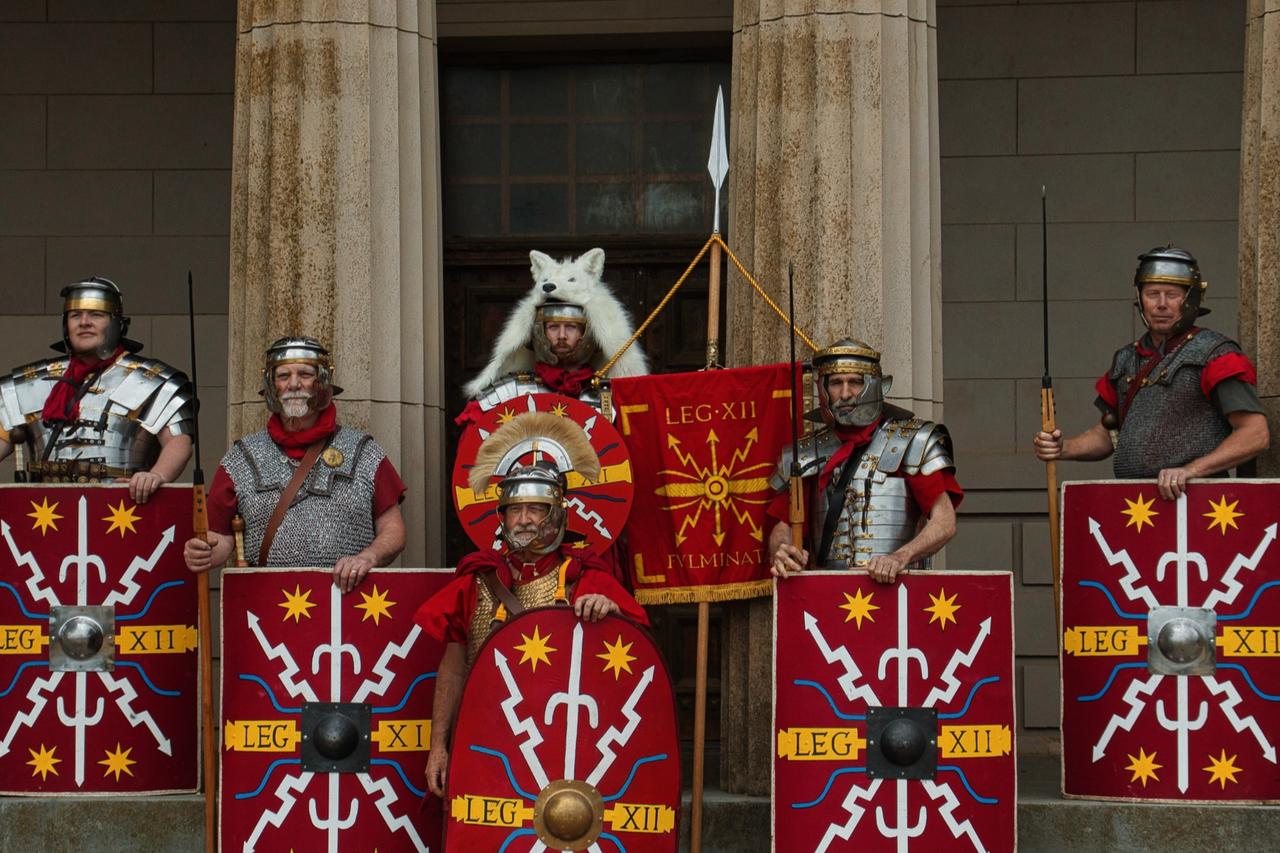
A new historical overview reveals how four Roman legions—stationed in Melitene (Malatya), Zeugma (Gaziantep), Samosata (Adiyaman) and Satala (Kelkit)—secured the empire’s eastern frontier for centuries and transformed Anatolia's landscape.
Long before the Byzantine walls or Seljuk and Ottoman fortresses rose, stretching from the Black Sea to the Mesopotamian plains, Anatolia was Rome’s defensive backbone in the East. To protect vital trade corridors and river crossings from Parthian and later Persian incursions, the empire established a network of permanent military bases. These garrisons, each manned by thousands of disciplined legionaries, not only guarded borders but also reshaped urban life, infrastructure and culture in what is now modern Türkiye.
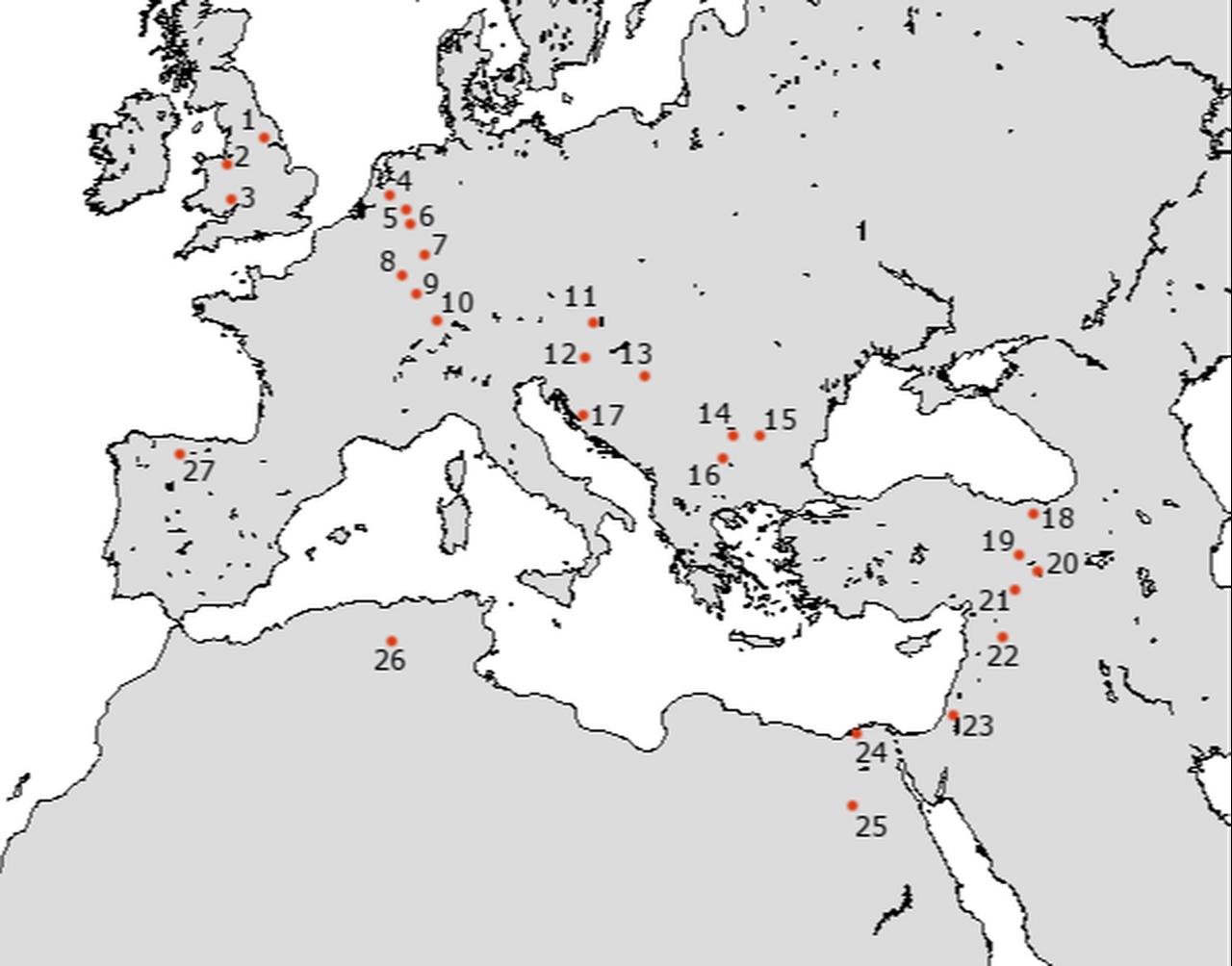
At Melitene, the XII Fulminata stood watch over the Euphrates, guarding one of the empire’s most strategic river crossings. Its location at a trade junction and its fertile surroundings made the city ideal for long-term deployment. In Zeugma, the IV Scythica, founded by Mark Antony, secured the Syrian frontier and helped build roads, canals and forts that linked the eastern provinces.
In Samosata, the XVI Flavia Firma, created by Emperor Vespasian, anchored the empire’s defenses on the upper Euphrates, serving as both a logistics hub and a bastion against eastern threats. Farther north, at Satala, the XV Apollinaris, devoted to the god Apollo, protected Cappadocia and the routes leading toward the Caucasus.
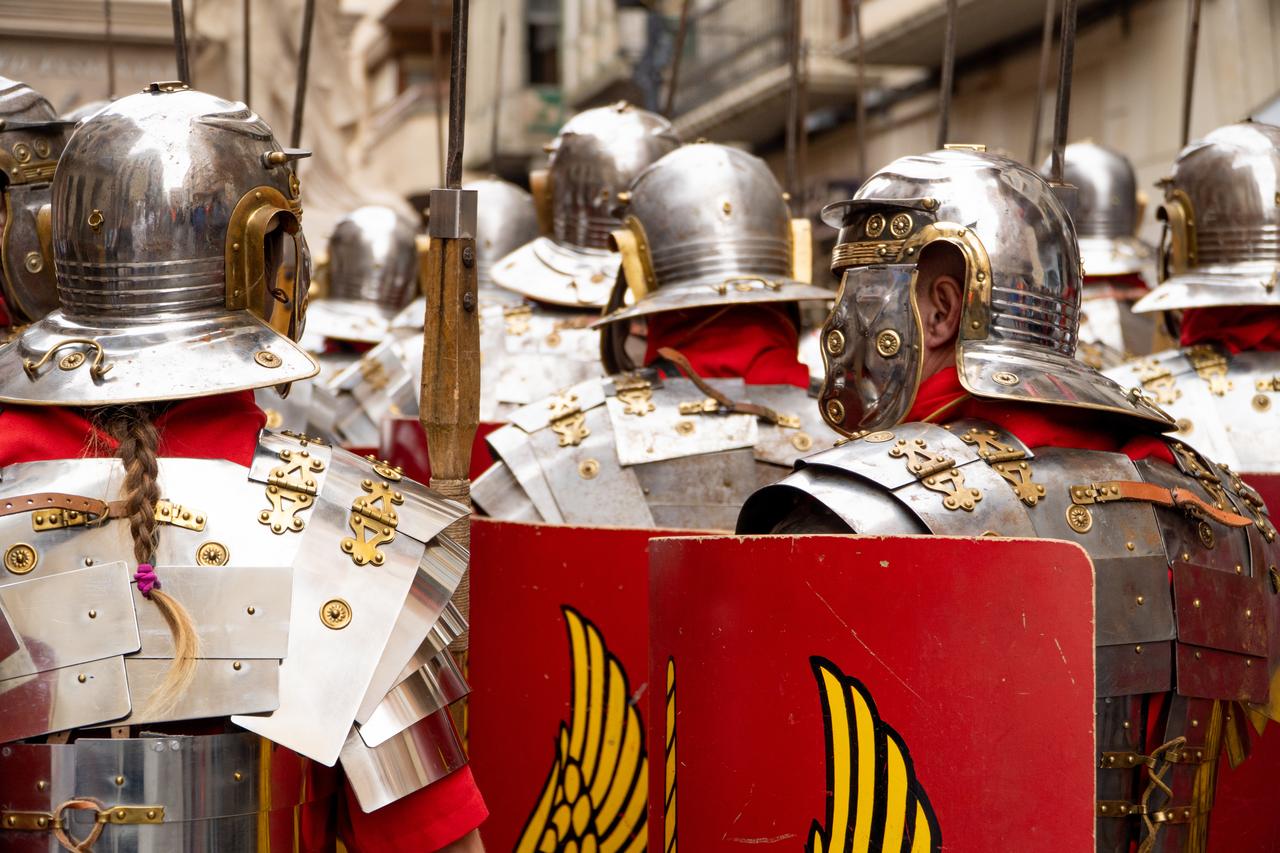
Each legion left behind traces of Roman order. Archaeologists note that settlements around these bases followed the Roman castrum model—a rectangular plan with walls, gates and a main axis for troops and trade. Melitene shifted from Arslantepe to a walled military town. Zeugma developed into a thriving river port with mosaics and coin mints that served the legions.
Samosata rose as an administrative stronghold, while Satala’s massive fortifications and road links connected interior Anatolia with frontier zones. Together, these bases sustained Rome’s control and allowed rapid mobilization along the eastern flank.
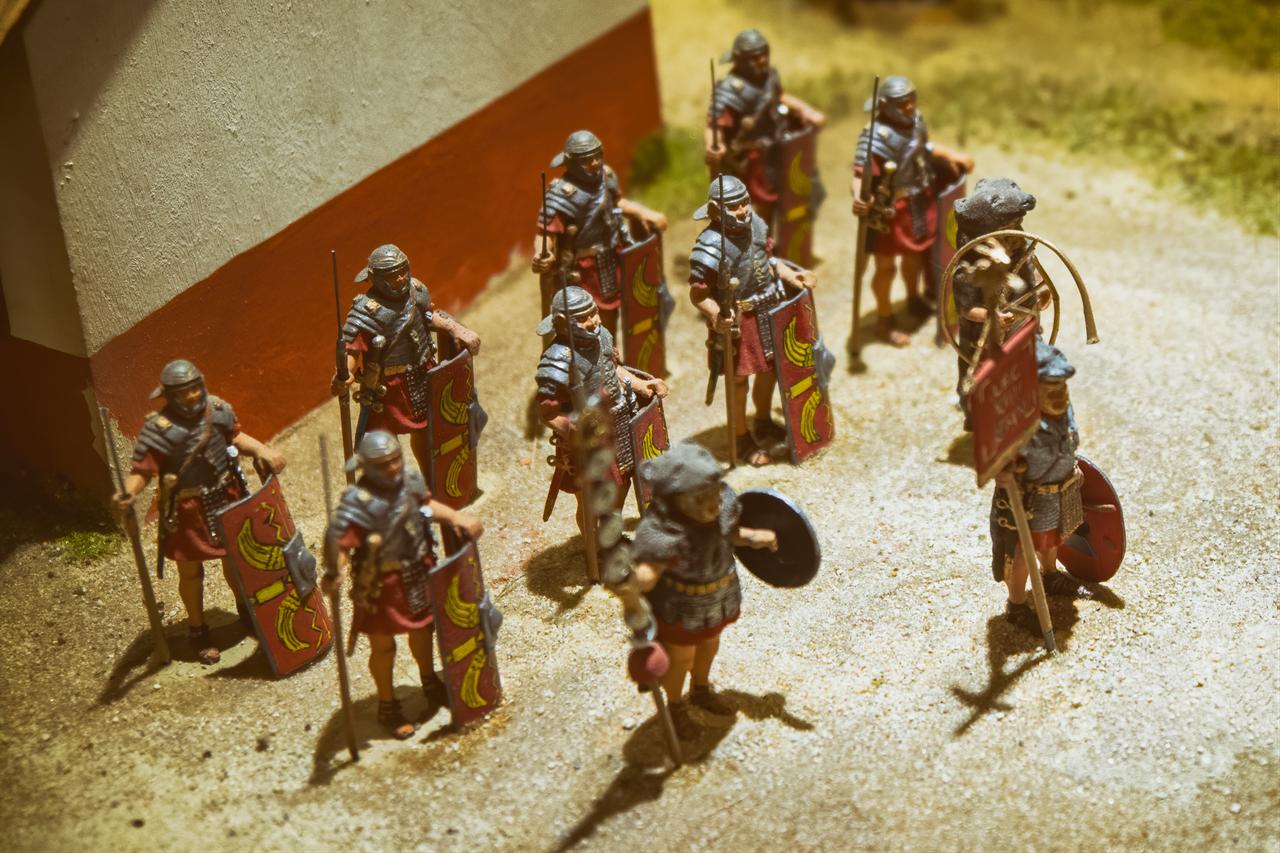
These frontier cities often faced war and reconstruction. Persian forces repeatedly attacked Melitene; Zeugma and Samosata endured earthquakes and invasions; and Satala continued to function into the Byzantine era.
Archaeological surveys in modern provinces such as Gaziantep, Malatya, Adiyaman and Gumushane have revealed Roman tombs, forts, and ancient road systems—proof of the empire’s deep and enduring footprint in Anatolia.
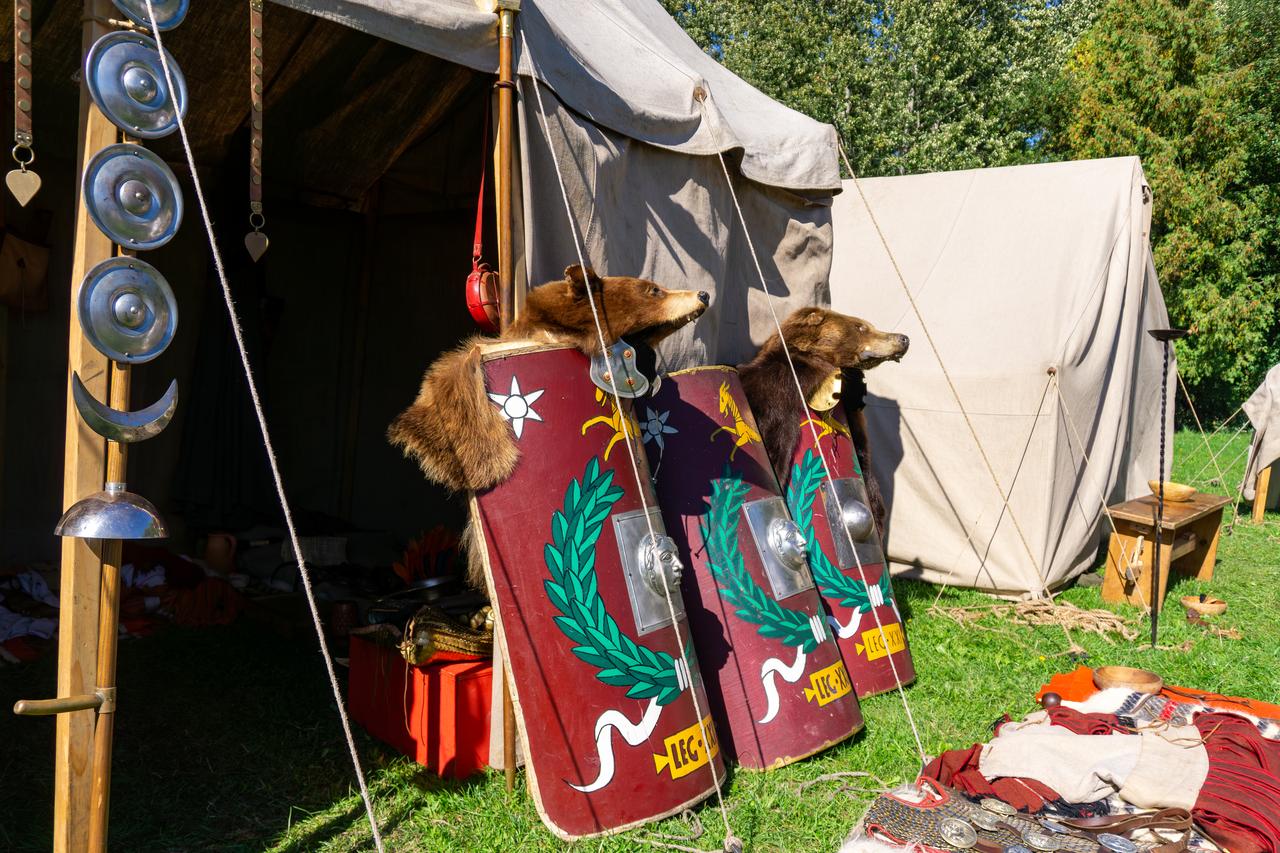
A legion typically comprised about 3,500–6,000 soldiers supported by engineers, cavalry and logistics teams. Each carried an aquila, or eagle standard, symbolizing unity and pride.
Records identify the Cappadocia and Syria provinces as administrative anchors for these eastern units, ensuring communication with imperial command centers.